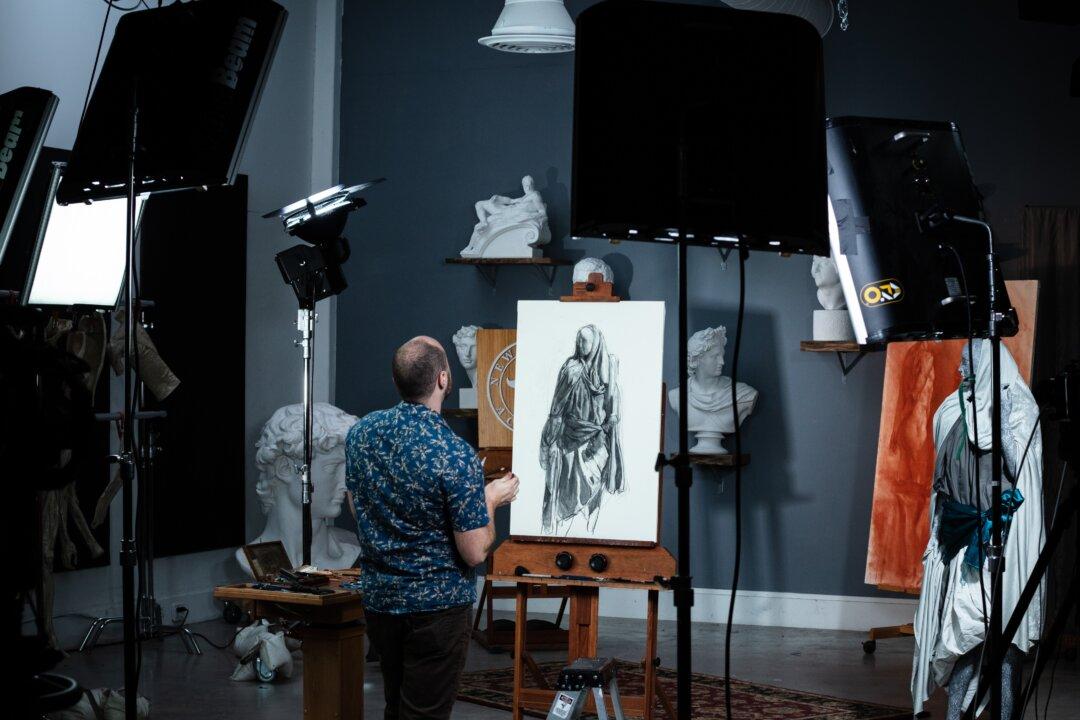
New Masters Academy shooting a video of art instructor Mliya Mirochnik at work. Courtesy of New Art Masters
OSTA MESA, Calif.—“We’re changing the art world,” claims the New Masters Academy website.
I wanted to understand exactly how and why the internet’s subscription-based art education website is making this ambitious assertion.
